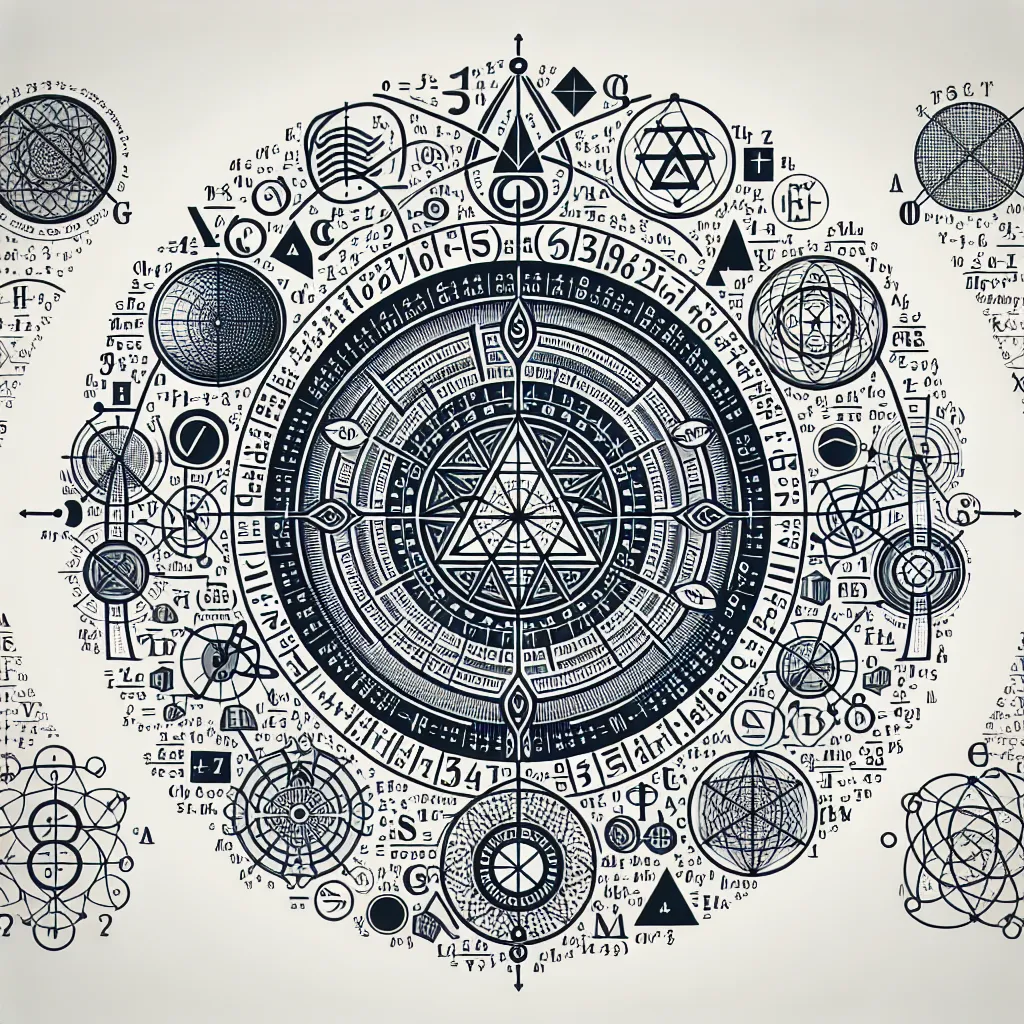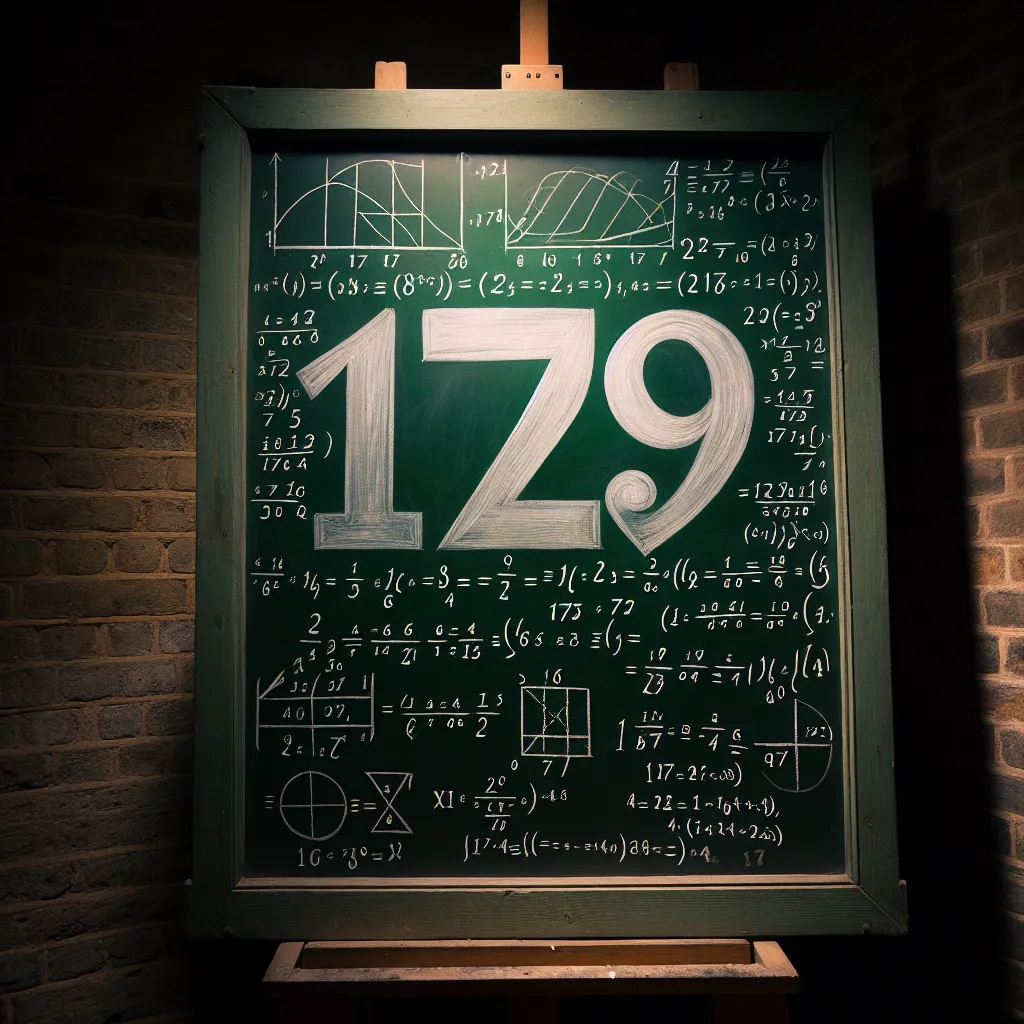Ask AI on The Internet
Question: Why has the Riemann Hypothesis not yet been proven?
The Riemann Hypothesis is one of the most famous and long-standing unsolved problems in mathematics. Formulated by Bernhard Riemann in 1859, it pertains to the distribution of prime numbers and is deeply connected to the zeros of the Riemann zeta function. Here are a few reasons why it has not yet been proven: 1. **Complexity of the Problem**: The Riemann Hypothesis is intrinsically difficult because it deals with the properties of complex numbers and their deep connections to number theory. The zeta function's behavior is highly complex and intricate. 2. **Interdisciplinary Nature**: The problem lies at the intersection of several areas of mathematics, including analytic number theory, complex analysis, and even quantum physics in some theoretical approaches. A profound understanding and potentially new breakthroughs in these areas may be necessary to tackle the hypothesis. 3. **Abstract Nature**: The zeros of the Riemann zeta function lie in the critical strip where the real part of the complex number is between 0 and 1. Proving that their real part is exactly 1/2 for the infinite set of non-trivial zeros involves very abstract and sophisticated reasoning that has eluded mathematicians so far. 4. **Novel Techniques Required**: Many mathematicians believe that a completely new approach or a novel mathematical technique might be required to solve the Riemann Hypothesis. Techniques developed so far have not been sufficient to bridge the gap. 5. **Historical Attempts and Partial Results**: While many partial results and special cases have been proven, none of these results have been general enough to prove (or disprove) the hypothesis in its entirety. This suggests that while the community is making progress, the key insight that will crack the problem is still missing. 6. **Sheer Challenge**: The hypothesis is one of the Clay Mathematics Institute's Millennium Prize Problems, which implies a one million dollar reward for a correct proof or counterexample. This further underscores that it is recognized as not just any unsolved problem, but one of the very toughest. Despite these challenges, the ongoing efforts and incremental progress in related areas bring hope that a breakthrough might be possible in the future.
Think your answer is better than the AI's? Post it below.
Other Most Relevant Posts:
Question Tags
If you want your question answered by an AI, click here.







Post your own comment: